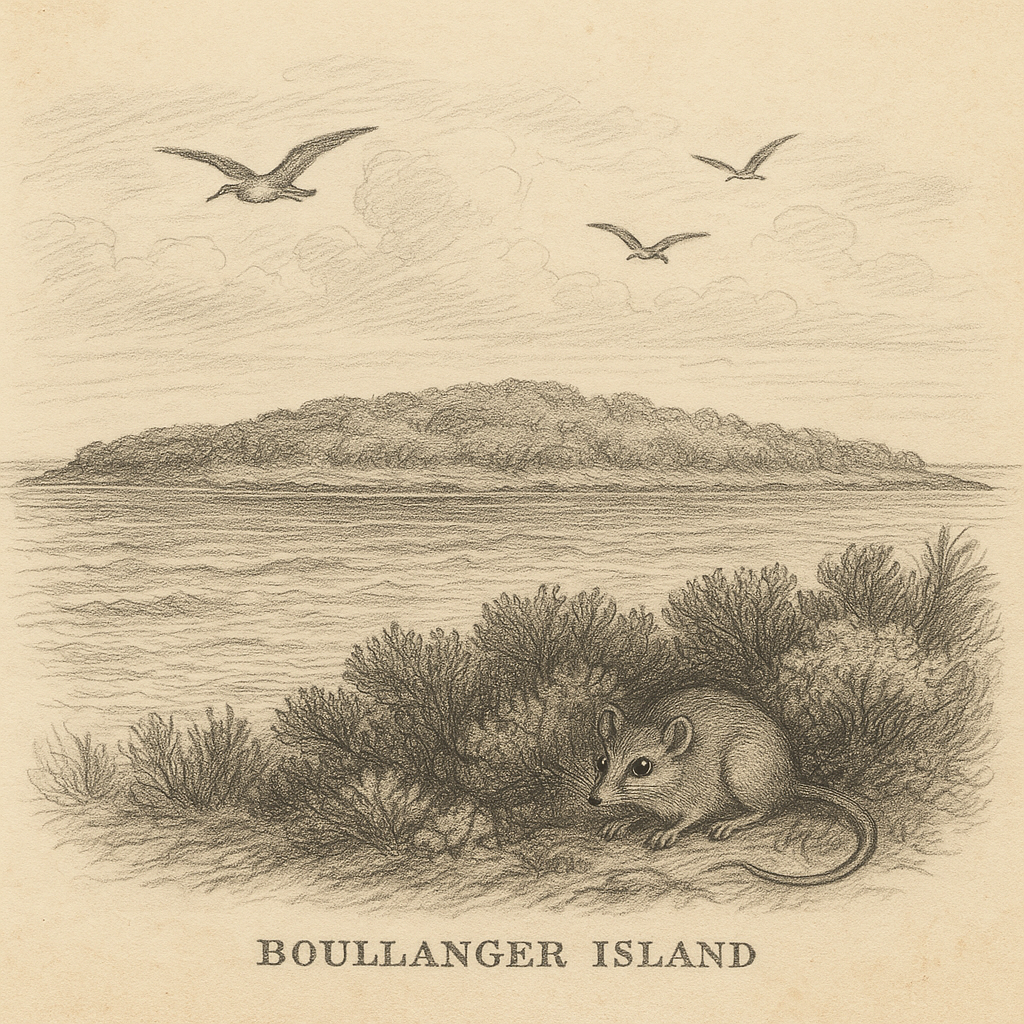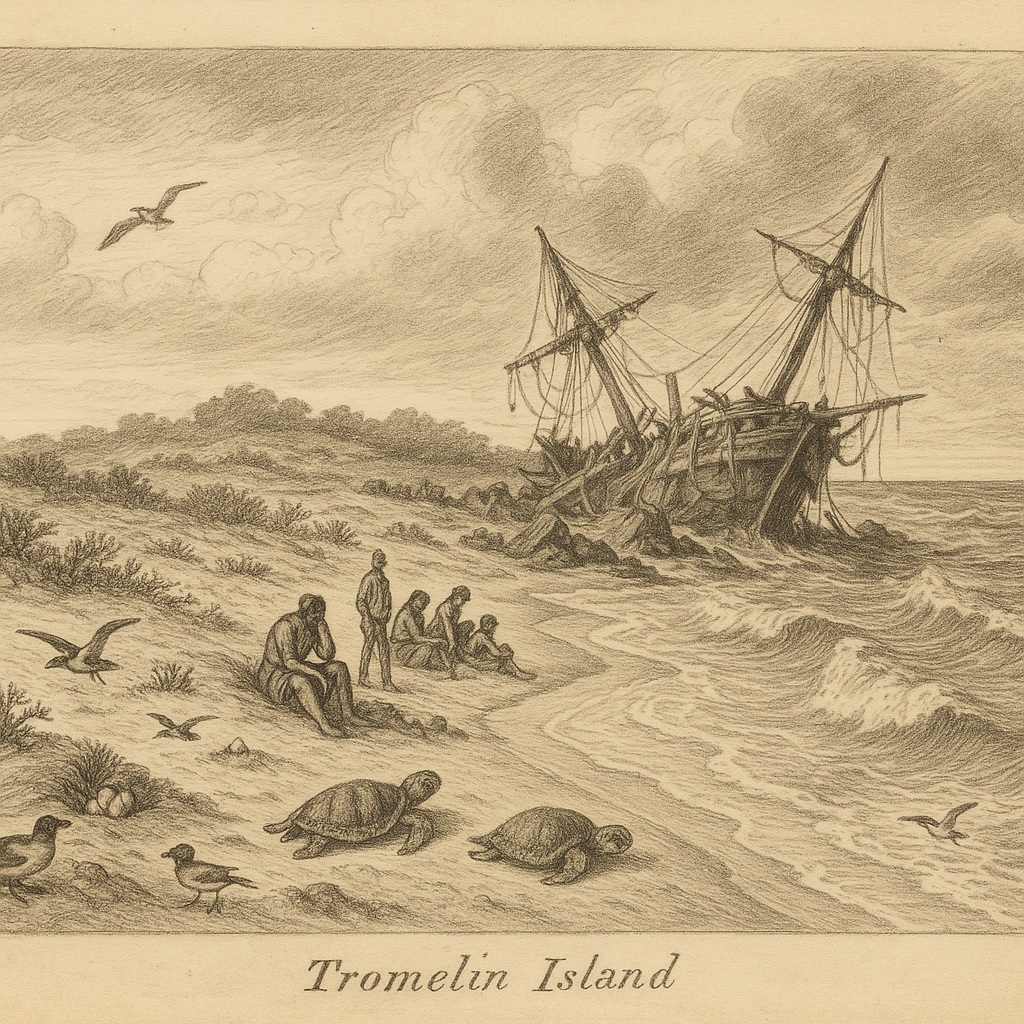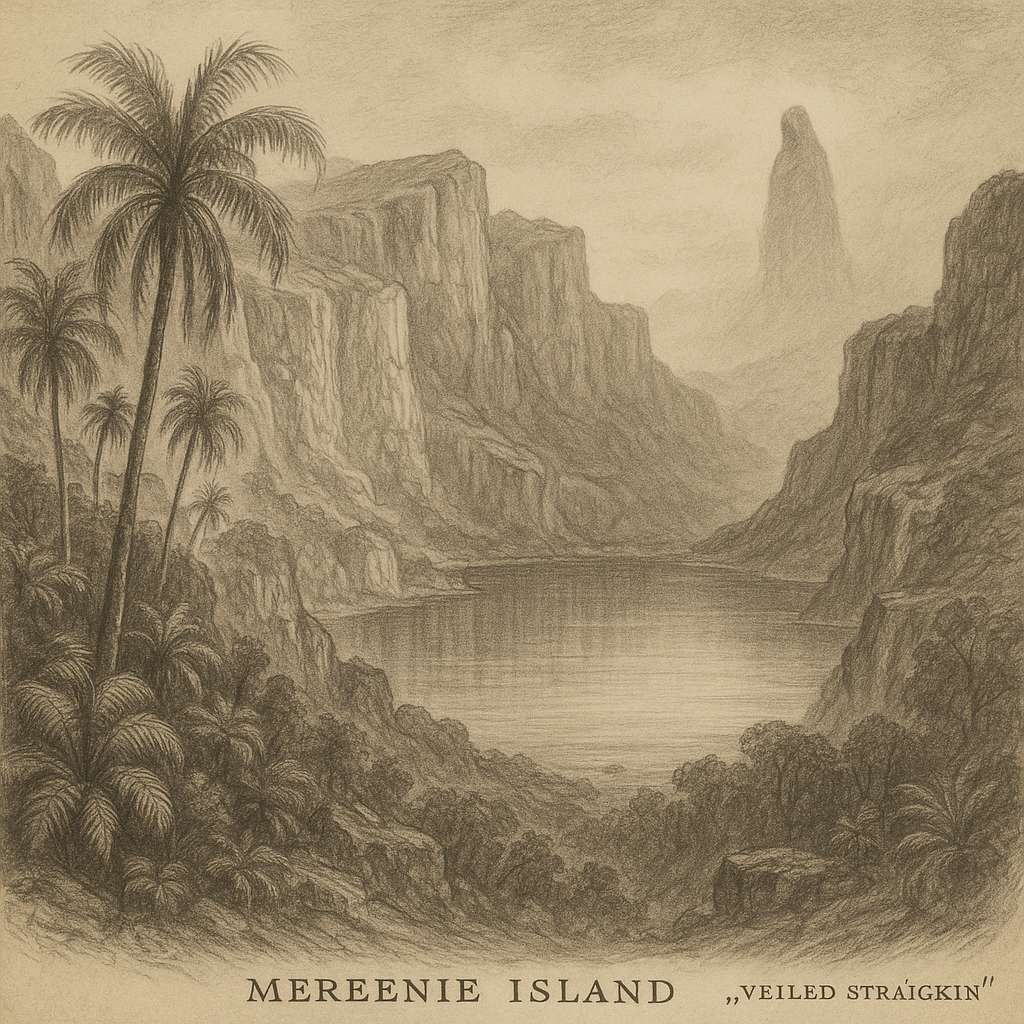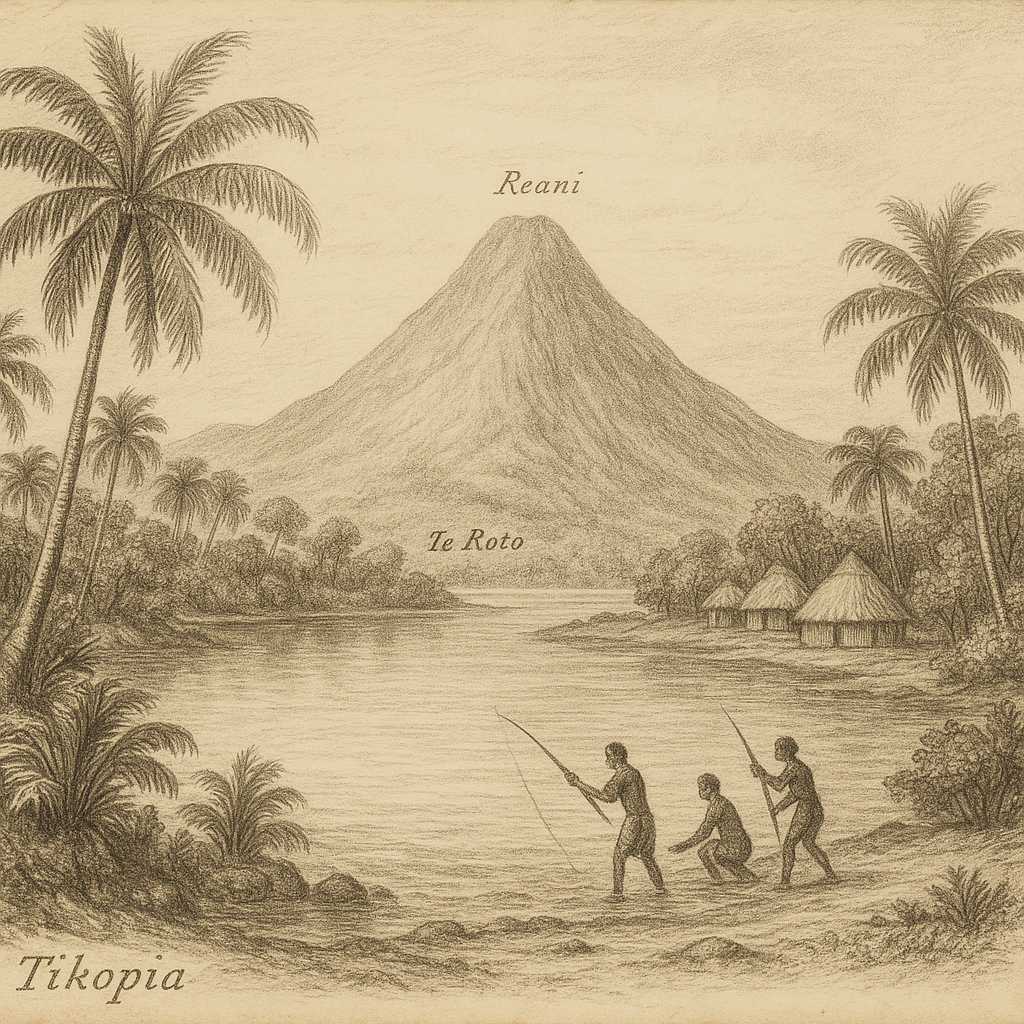Boullanger Island: A Remote Coastal Gem off Western Australia
Boullanger Island is a small yet captivating island located off the coast of Western Australia, near the coastal town of Jurien Bay. Though modest in size, this limestone-based island harbors a range of fascinating ecological, historical, and cultural characteristics that make it a site of quiet intrigue in the Indian Ocean. As one of the Jurien Bay Marine Park’s many natural features, Boullanger Island offers a firm example of how even understated landscapes can hold significant environmental and cultural value.
Geographic Location and Geological Origins
Boullanger Island lies approximately 2 kilometers from the mainland in the Jurien Bay area, about 220 kilometers north of Perth, Western Australia. It is the largest island within the Jurien Bay Marine Park and forms part of the Turquoise Coast islands.
Formed from fossiliferous limestone, Boullanger Island is estimated to have developed during the last interglacial period, around 125,000 years ago. The relatively flat topography and sparse vegetation reflect its eolianite origins—a type of wind-formed limestone common to coastal Western Australia. Over time, wave erosion, sea-level changes, and wind have helped shape the island into its current form.
Flora and Fauna: A Fragile Ecosystem
Despite its small size—spanning just under 1 square kilometer—Boullanger Island is home to a surprisingly rich yet delicate ecosystem. The island plays an important role in the conservation of native Western Australian wildlife, especially bird species and reptiles that are becoming increasingly rare on the mainland due to habitat loss and invasive species.
Remarkably, the island is a stronghold for the vulnerable Boullanger Island dunnart (Sminthopsis boullangerensis), a small marsupial endemic only to this island. This nocturnal insectivore exists nowhere else on Earth, making its presence vital for the conservation status of dunnart species in Australia. The dunnart thrives in the island’s native heath vegetation, which includes shrublands of Acacia and Melaleuca species.
Boullanger Island is also recognized as an Important Bird Area (IBA) due to the nesting colonies of seabirds such as wedge-tailed shearwaters and silver gulls. Reptiles like the King’s skink and various geckos also find a safe haven here, owing to the absence of introduced predators like foxes and cats, which have devastated fauna on the nearby mainland.
Conservation and Access
The island is under the management of the Department of Biodiversity, Conservation and Attractions of Western Australia and is classified as an A-class nature reserve. Due to its ecological sensitivity and the presence of endemic species, visitation is carefully controlled and permitted primarily for educational or scientific purposes.
Access to the island is limited to boat—usually launched from Jurien Bay as part of eco-tours or research expeditions. Camping is not allowed on the island, and visitors must adhere to strict biosecurity protocols to prevent the introduction of weeds and foreign species that could threaten the delicate balance of the local ecosystem.
Interesting Facts About Boullanger Island
Although off the conventional tourist radar, Boullanger Island holds a few fascinating distinctions:
– The island’s namesake, Charles Pierre Boullanger, was a hydrographer and cartographer aboard the French vessel Le Géographe. He was part of the 1801 Baudin expedition to map the Western Australian coast.
– The island is part of the Turquoise Coast Islands Nature Reserve group, which includes more than 40 small islands and islets.
– Conservation efforts on Boullanger Island have been commended for their relative success in preserving rare fauna and for serving as a model for other island-based conservation projects around the world.
– Despite its negligible elevation above sea level, the island has avoided the catastrophic erosion and loss of habitat facing some similar limestone islands, primarily due to conservation policies and low human interference.
Legends and Local Folklore
While not as steeped in myth as some of Australia’s inland natural locations, Boullanger Island has become the subject of minor folklore, often passed along by local fishermen and indigenous Yued Noongar residents of the area.
One particular legend tells of a spirit known as “Ngoolark,” said to take the form of a white bird that circles the island during the colder months. Locals believe Ngoolark serves as guardian of the island and protector of its native dunnarts. According to oral tradition, the appearance of the bird is an omen for ensuring the careful treatment of the island—and that those who disrespect the land may find themselves stranded until they atone.
A more recent myth surrounds a World War II story, where it’s rumored that a small Allied reconnaissance unit briefly used the island as a secret lookout post. No concrete evidence of this has been found, but occasional findings of rusted metal fragments and anecdotal confirmation from aging locals keep the story alive.
Final Thoughts
Boullanger Island may not boast towering peaks or lush forests, but its quiet resilience and ecological uniqueness render it a hidden gem along Australia’s west coast. From the rare Boullanger Island dunnart to the rich avian life circling its skies, the island showcases the importance of preserving small, seemingly unremarkable places that nonetheless play pivotal roles in our natural heritage.
A visit to Boullanger Island—and indeed, simply learning about its existence—offers a timely reminder that conservation isn’t always about grand gestures. Sometimes, it’s about protecting the small, offshore corners of the world where life continues to adapt, thrive, and inspire.



